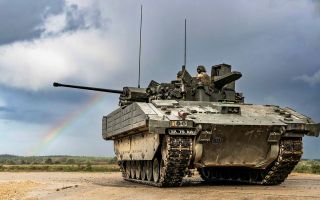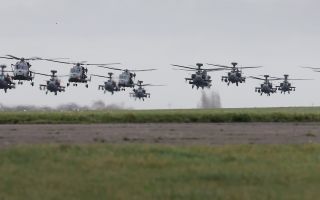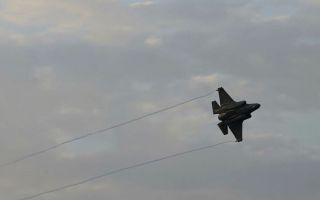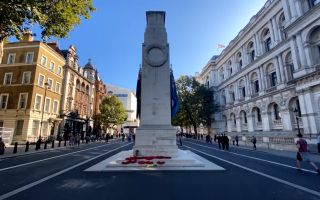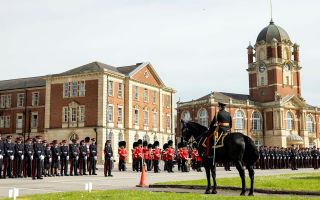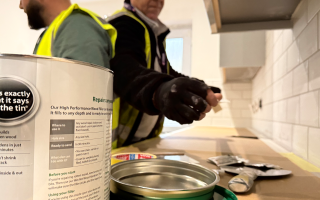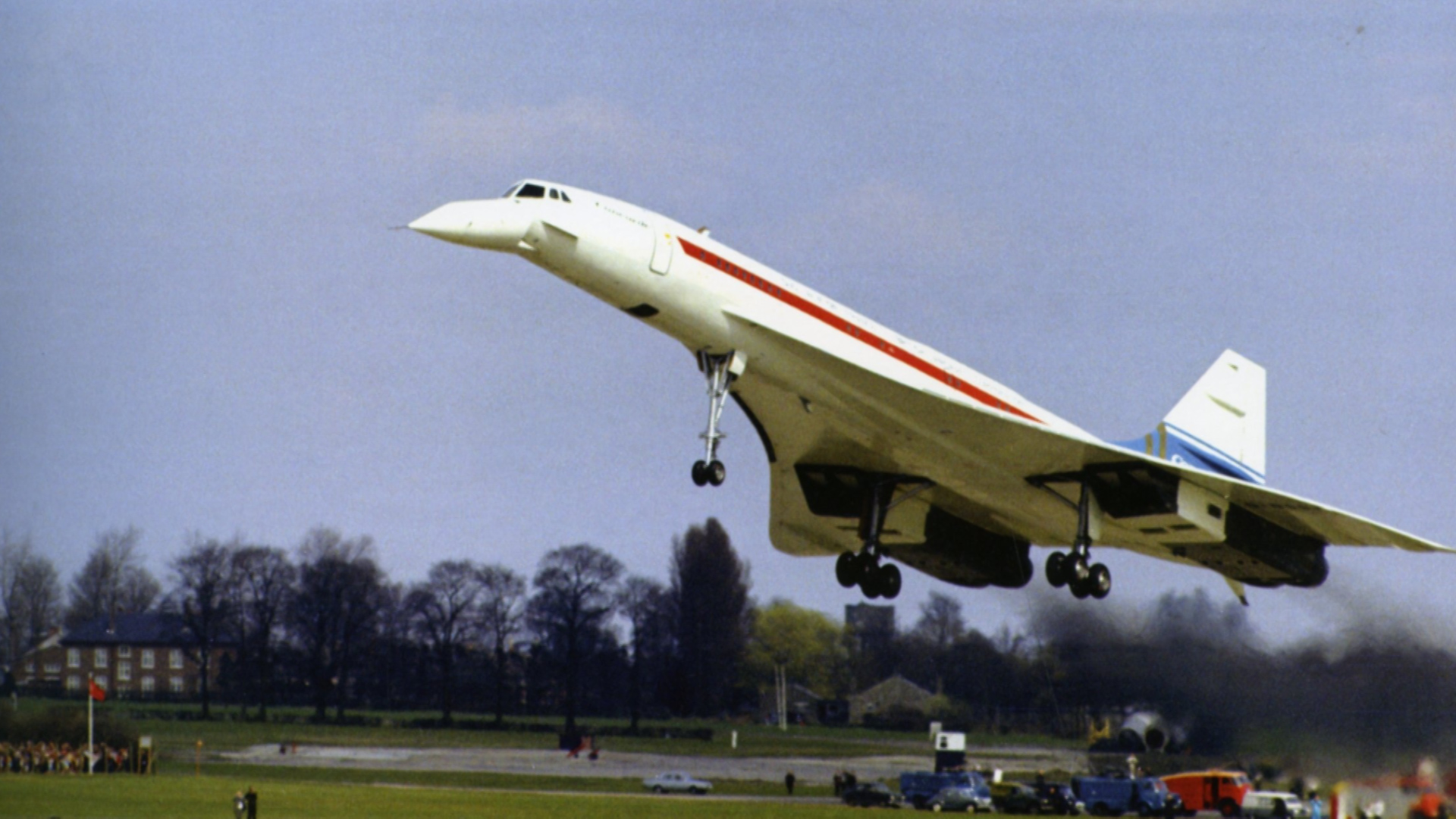
Concorde's First UK Flight 50 Years Ago

A picture of the Concorde 002's maiden flight in 1969 (Picture: BAE Systems).
On 9 April 1969, a UK-built Concorde 002 prototype made its first flight from the British Aircraft Corporation’s (BAC) site in Filton near Bristol for the short hop to RAF Fairford in Gloucestershire.
It was a pivotal moment in aerospace history – as the commercial jet was able to reach Mach 2.0 and could cross the Atlantic in a little over three and a half hours.
The supersonic airliner would set new levels of comfort and performance.
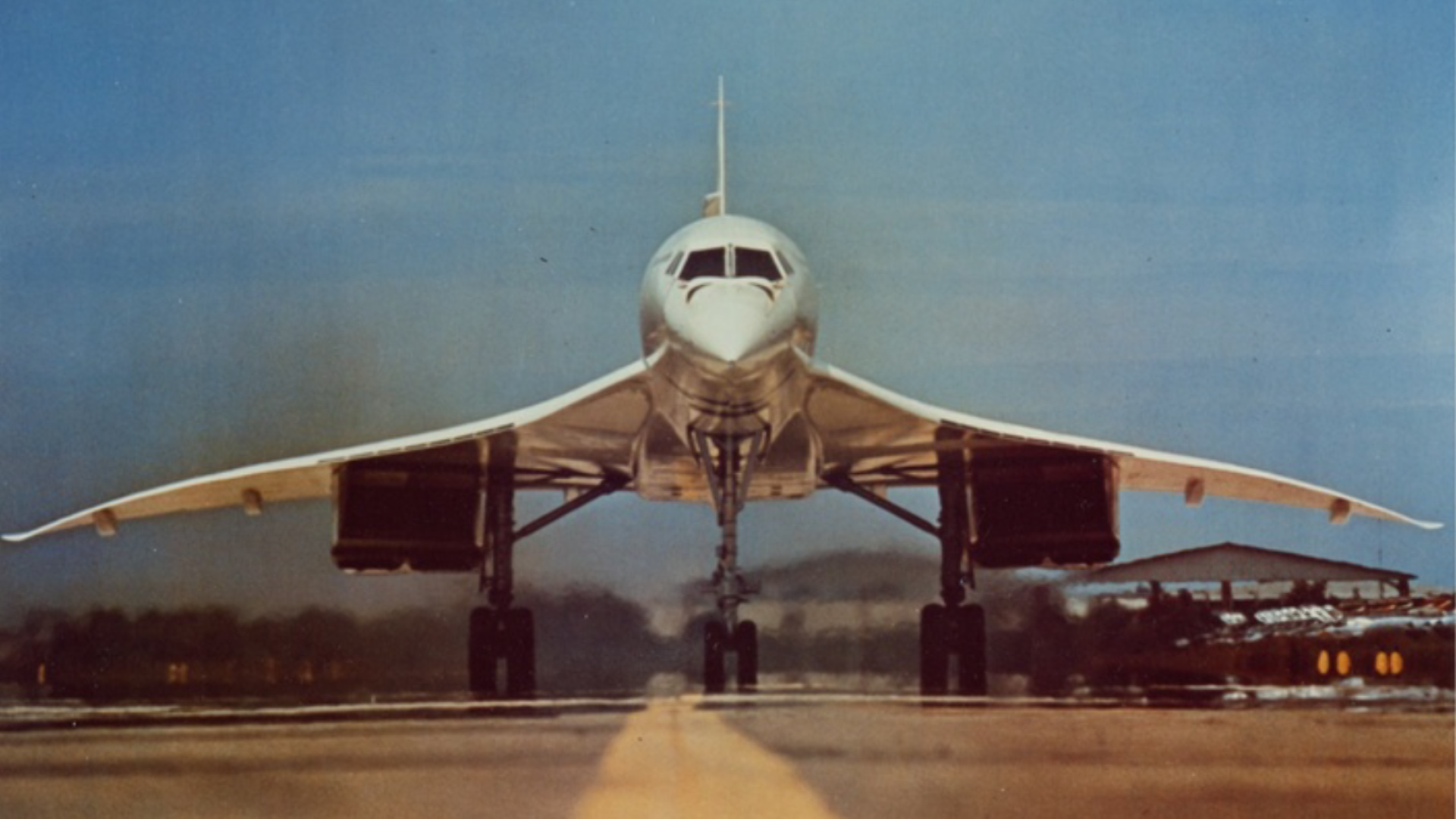
At the time, it was the pinnacle of British aviation engineering expertise and the envy of the world.
Over the next 10 years, a total of 20 aircraft were built in France and the United Kingdom.
Six of these were prototypes and development aircraft.
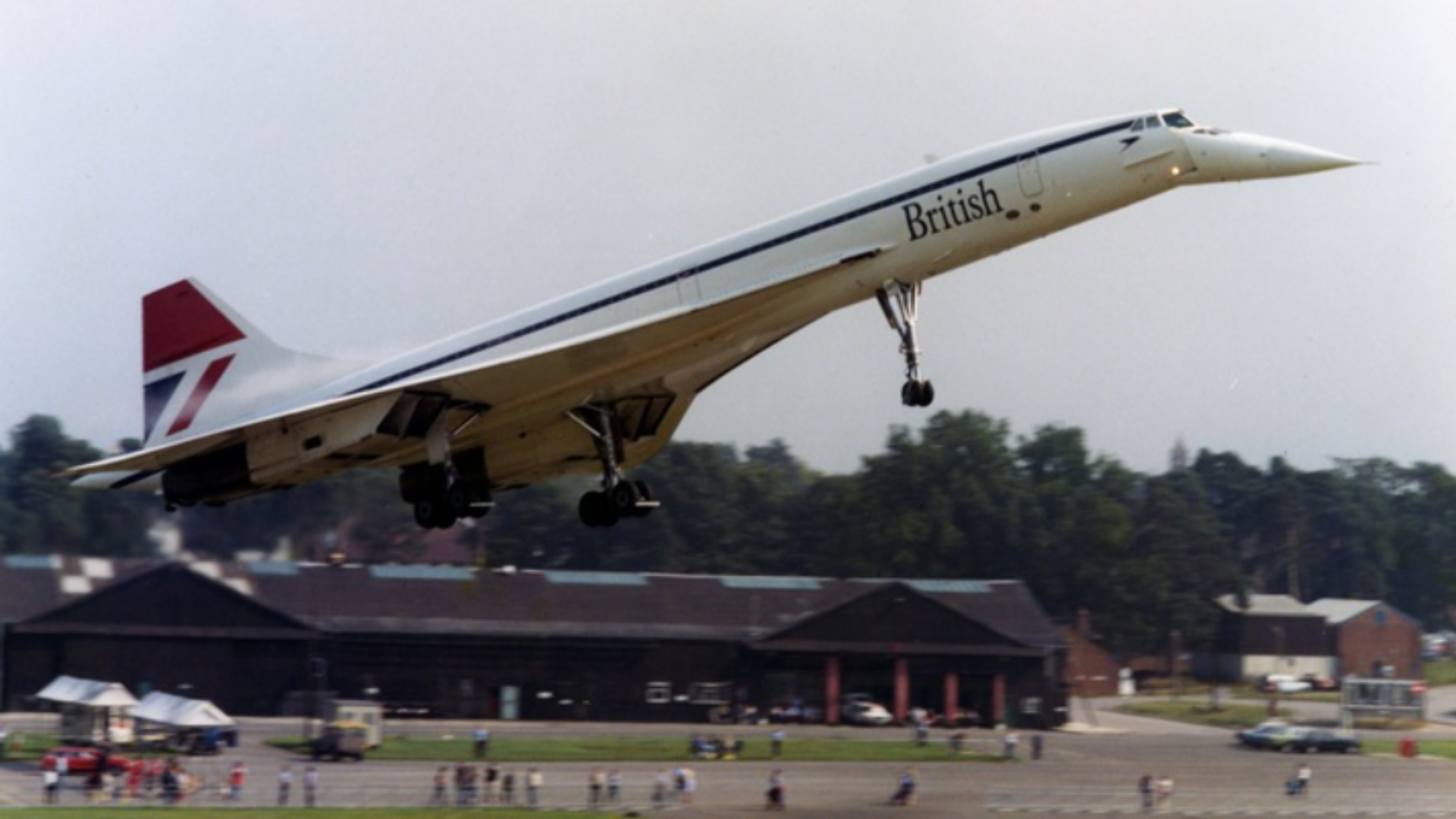
Concorde flew regular transatlantic flights from London Heathrow and Paris Charles de Gaulle Airport to New York-JFK, Washington Dulles and to the holiday island of Barbados.
It was able to fly all of these routes in less than half the time of other airliners - regularly operating at over twice the speed of sound at Mach 2.04 (1,354 mph or 2,180 km/h at cruise altitude).
The aircraft was able to carry between 92 to 128 passengers and with the possible exception of the Tupolov-144, it is still the only supersonic passenger carrying airliner.
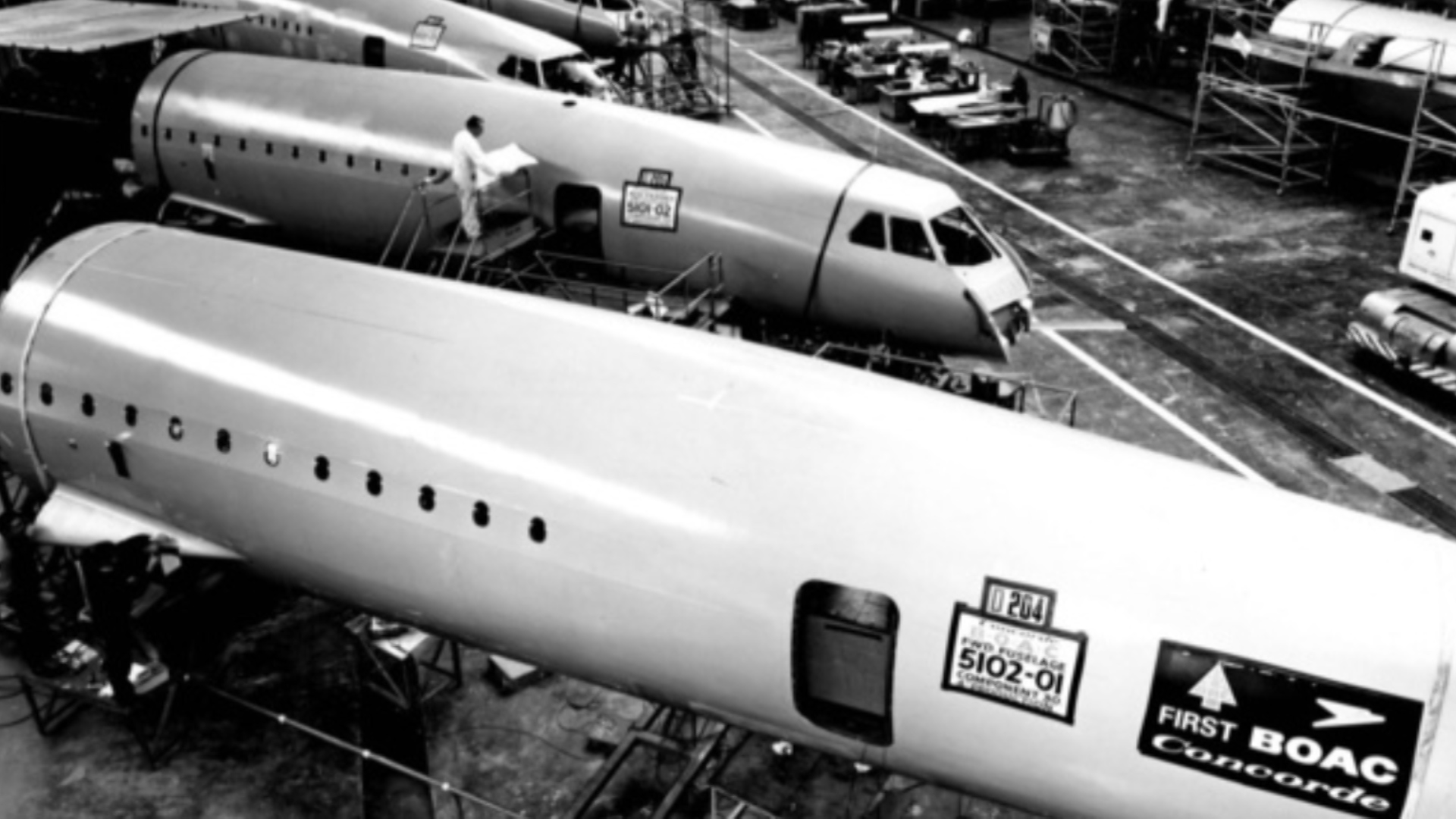
John Dickens was a former apprentice and flight test engineer at BAC, one of BAE Systems’ predecessor companies.
He was part of the first UK flight project team and said:
“Concorde was an absolutely beautiful aircraft. If someone said they had found a way to get it flying again, you would have a very long queue to be on it.”
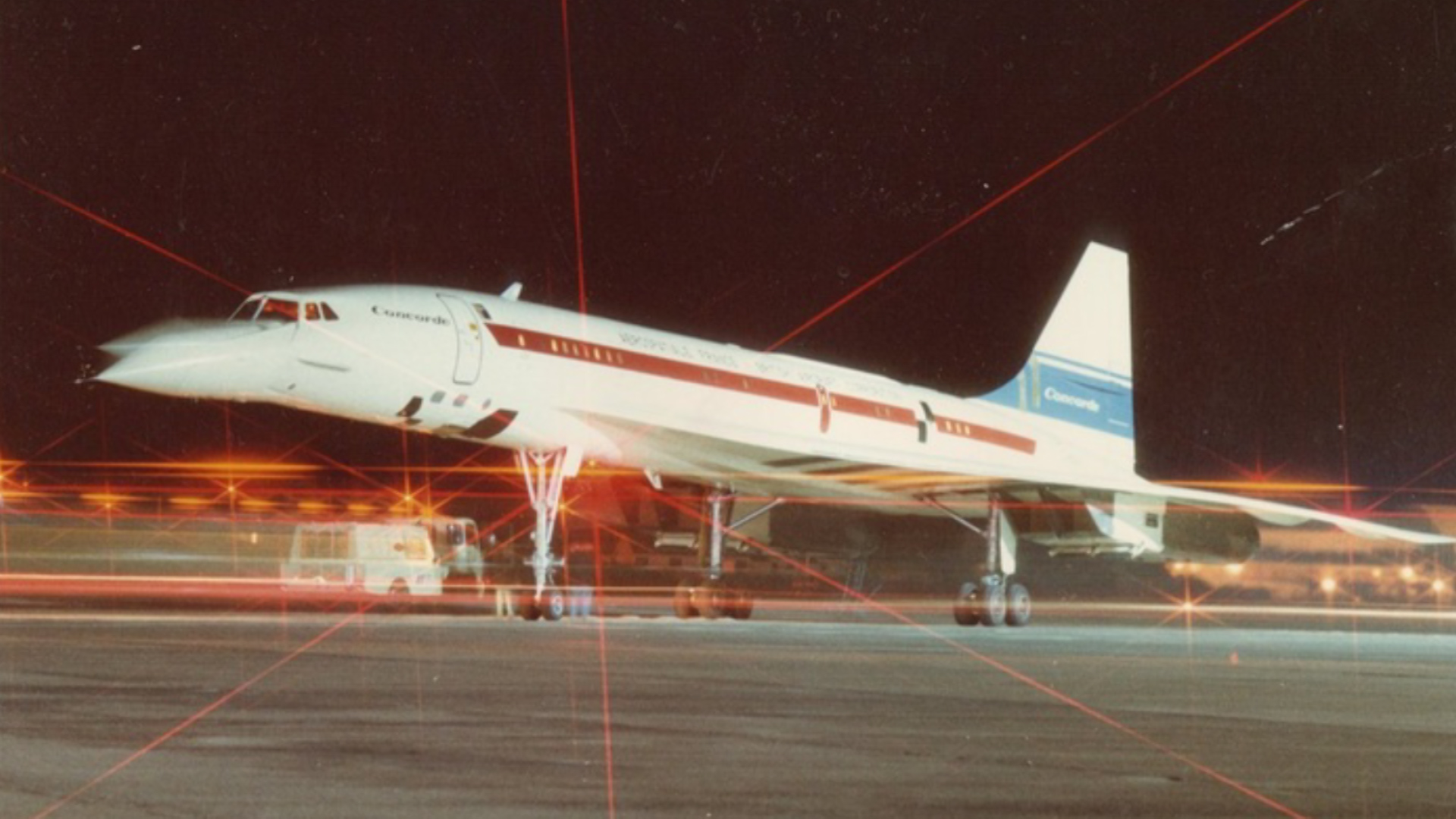
Concorde was retired in 2003 and is still regarded by many as an aviation icon and an engineering marvel.
Some fans and aviation enthusiasts took to social media to share their fondest memories of the aircraft:

